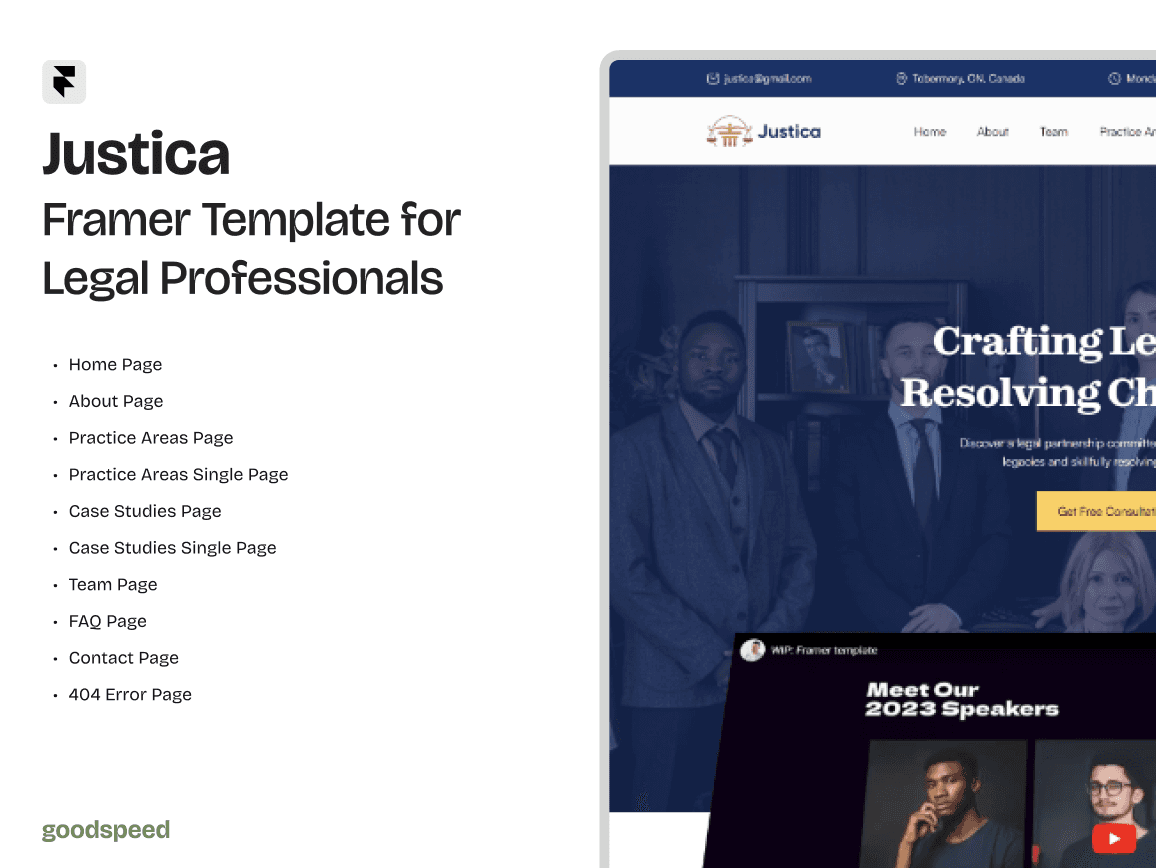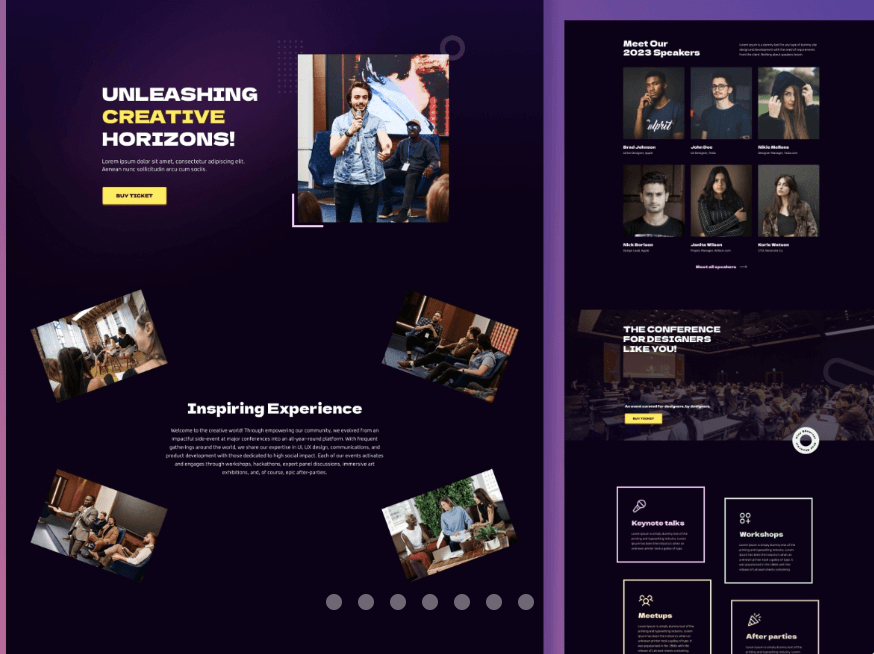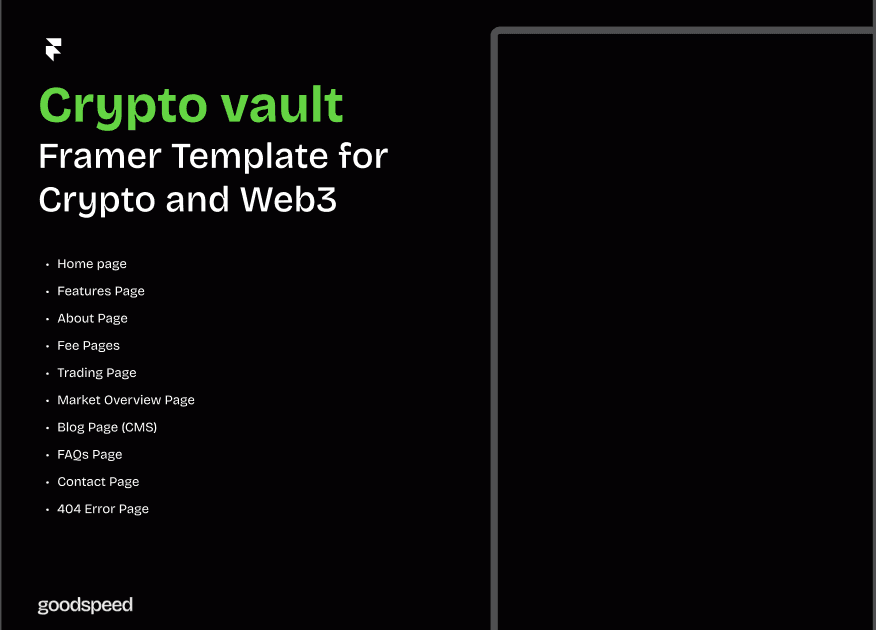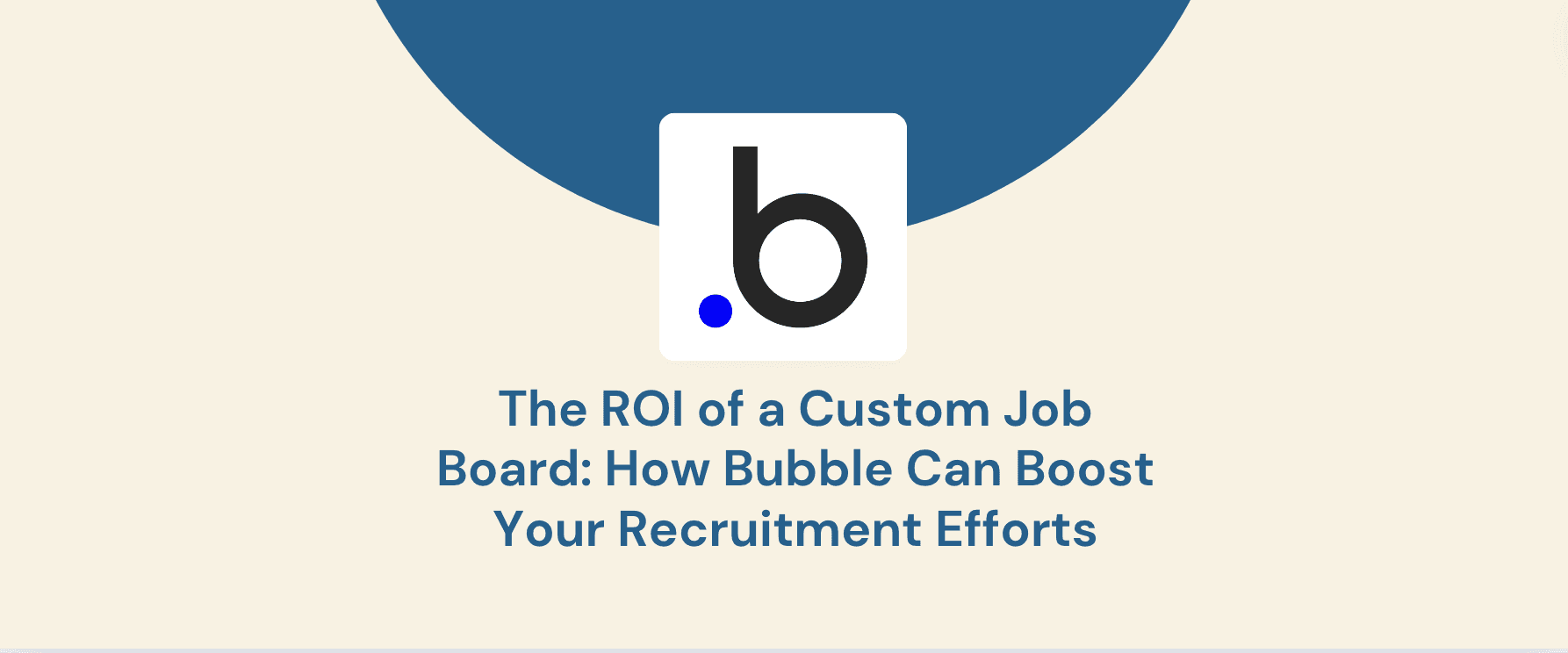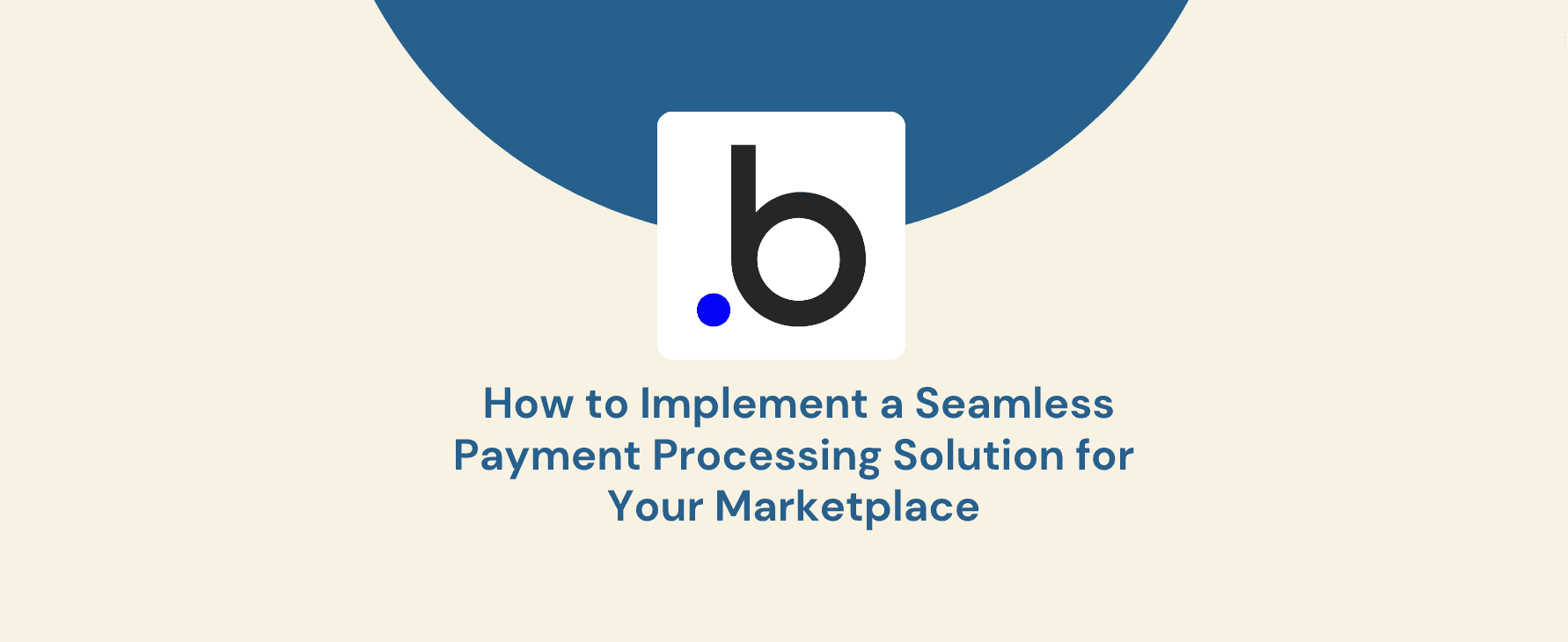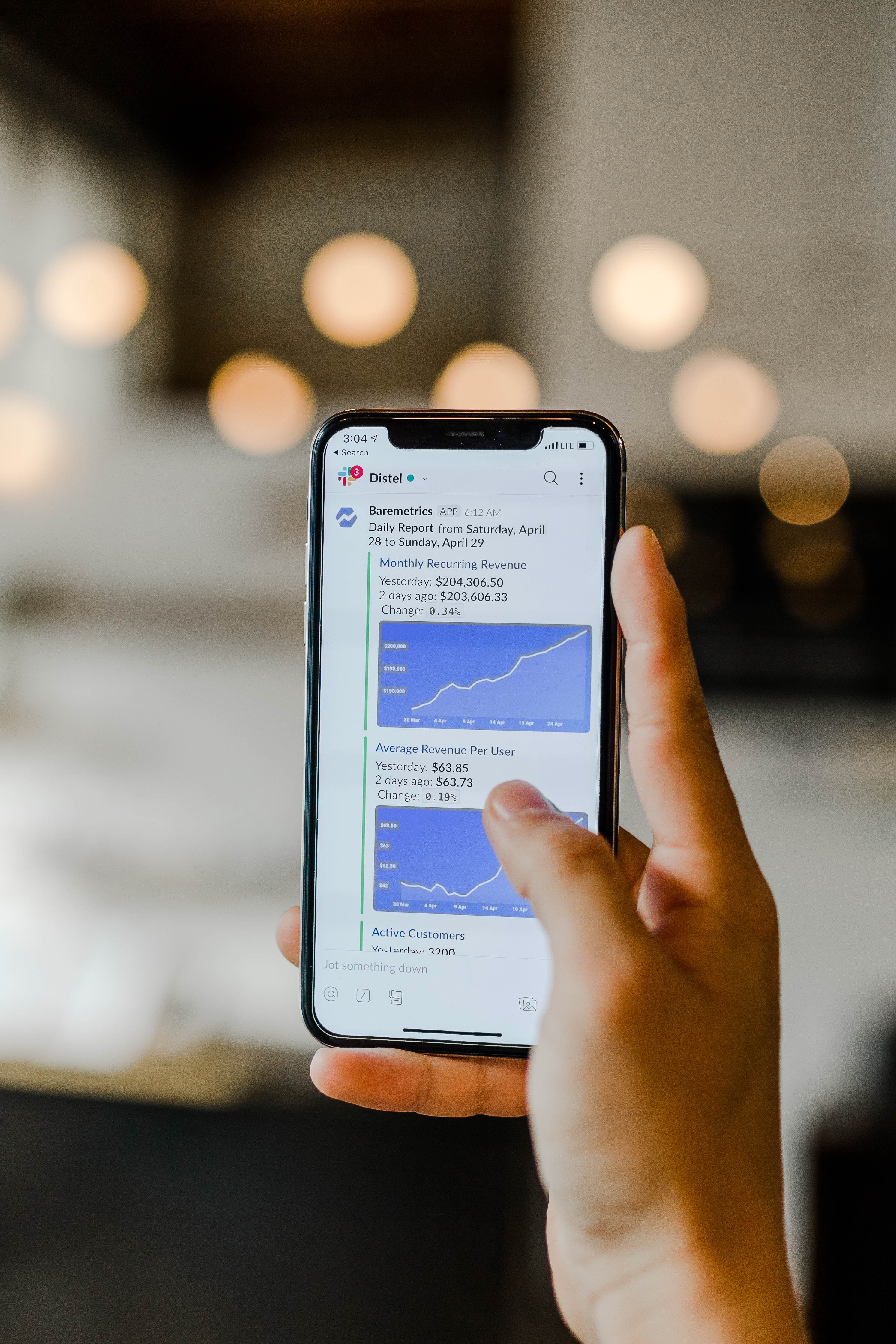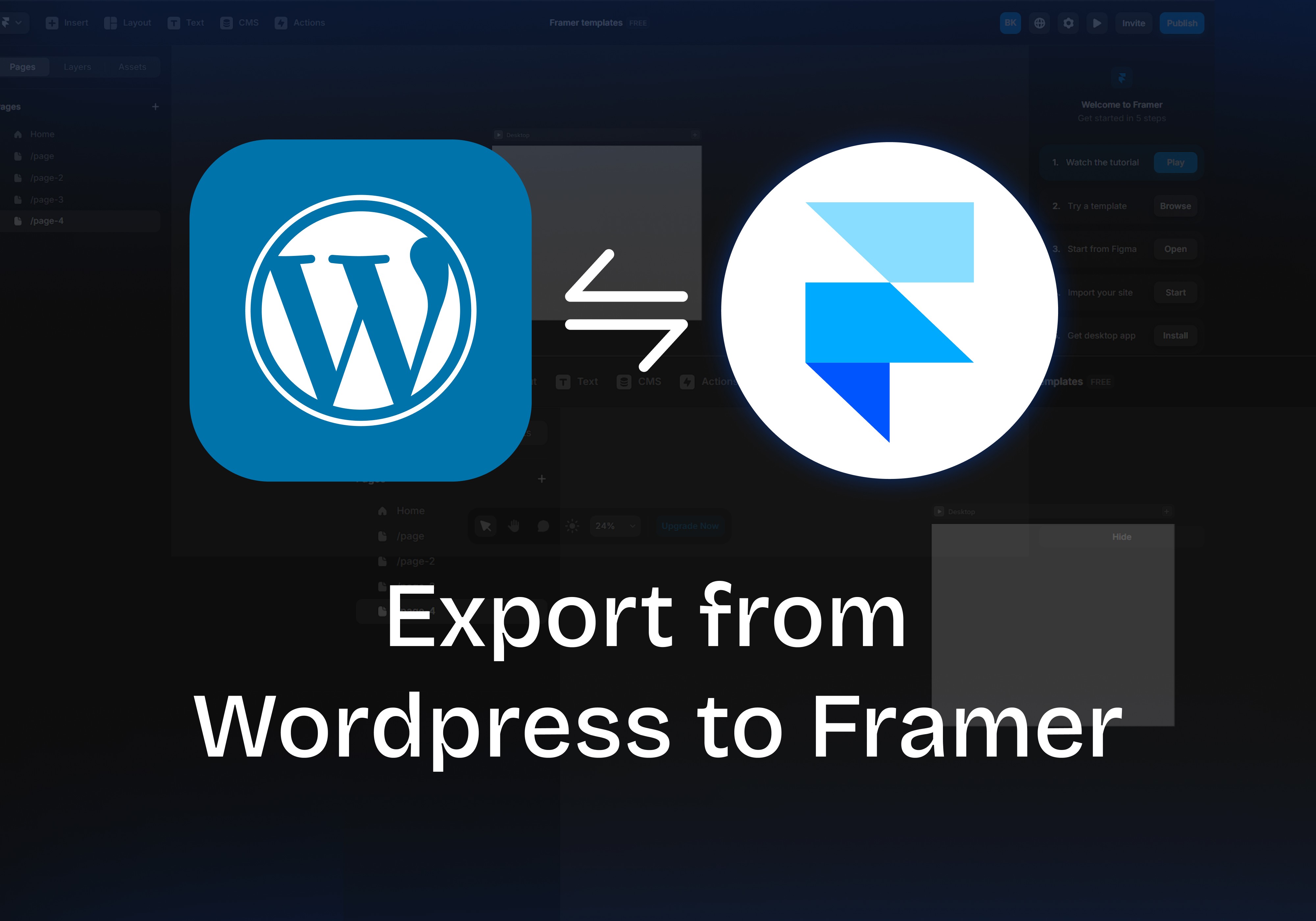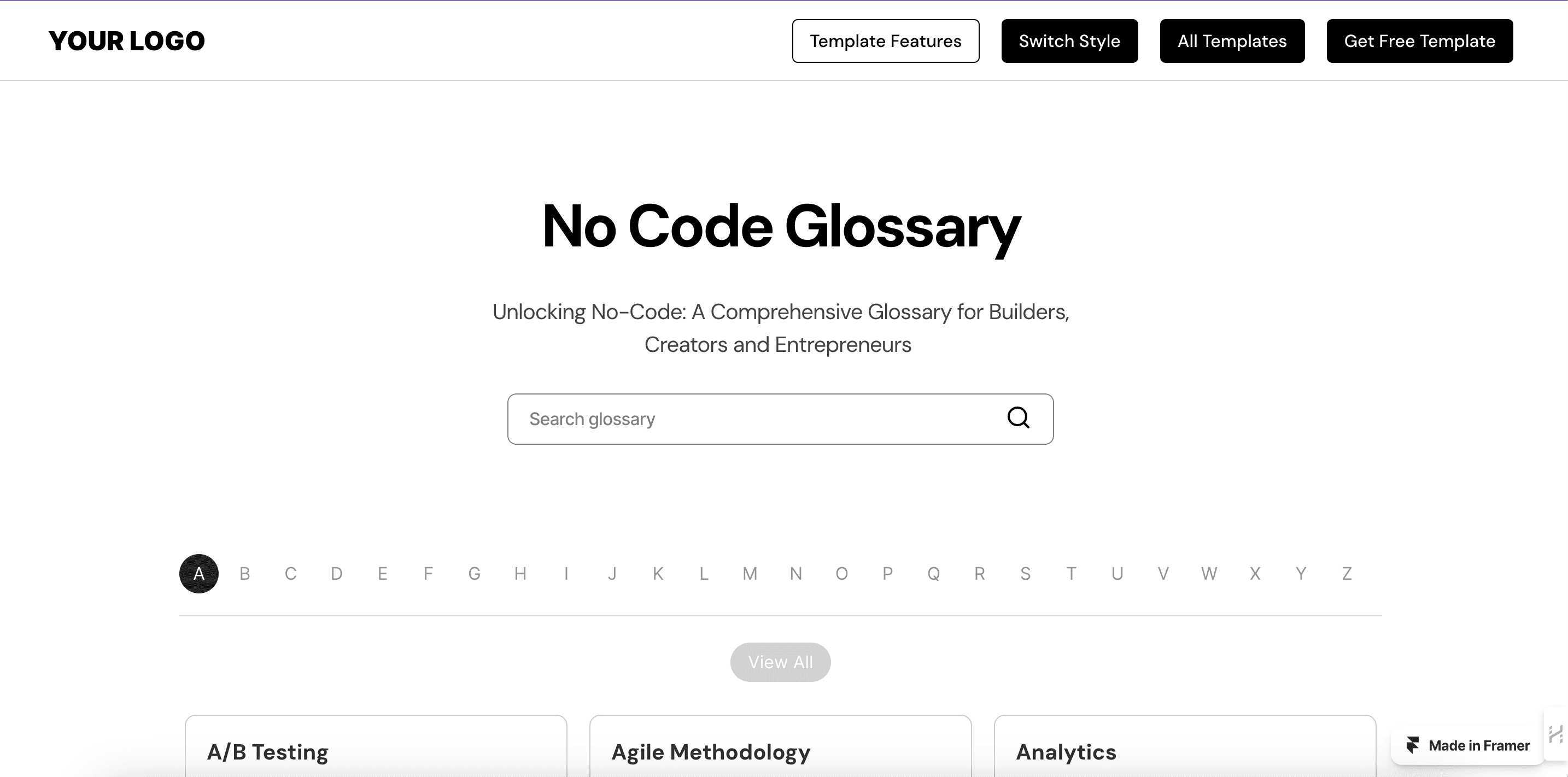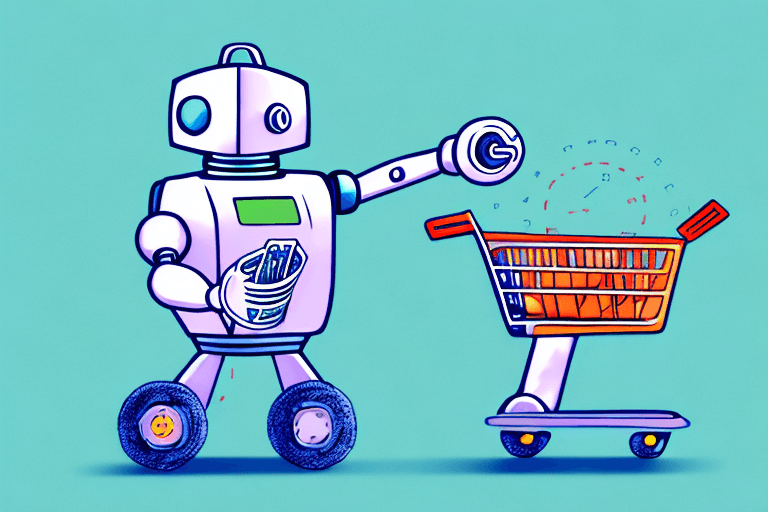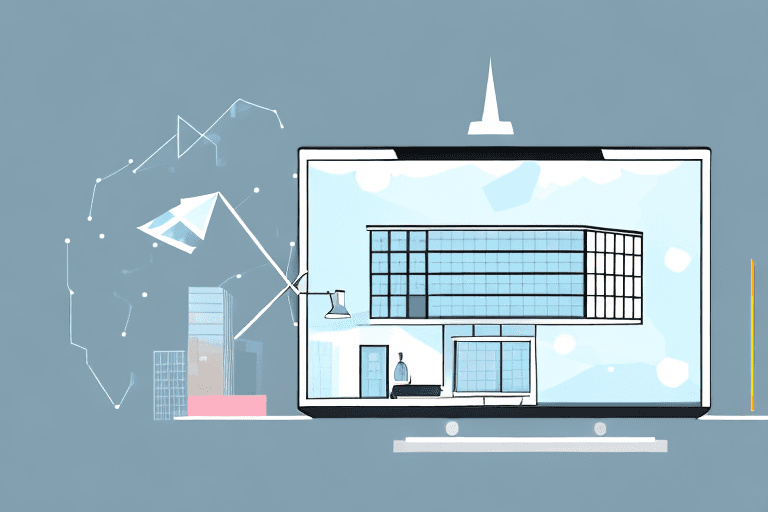1. Why Form Conversion Matters in Framer
Forms aren’t just a way to collect data—they are a crucial touchpoint in your marketing funnel. A poorly optimised form can cause potential leads to drop off, while a streamlined, user-friendly form can drive engagement and build trust.
1.1 The Role of Forms in Lead Generation
Every high-converting landing page relies on an effective form to capture visitor information. But form design is about more than just placing input fields—it's about creating a seamless experience that encourages users to complete the process without hesitation.
Gateway to Conversion: Forms are the primary tool for collecting leads, feeding directly into email campaigns, CRM pipelines, and sales teams.
Building Credibility: Users subconsciously judge your brand’s professionalism and reliability based on how easy it is to fill out a form. A cluttered, confusing form can signal inefficiency, while a sleek, structured form instils confidence in your offering.
Minimising Drop-Off Rates: Studies show that 39% of users abandon websites when images or interactive elements load too slowly, which highlights the importance of optimised form performance.
1.2 Framer’s Advantages for Form Design
Unlike traditional website builders, Framer offers unique advantages that simplify form creation without compromising on functionality:
Drag-and-Drop Simplicity: No coding required—Framer’s flexible layout tools allow you to place and style form elements effortlessly.
Live Preview & Prototyping: Framer lets you test form flows in real time, ensuring an intuitive user experience before publishing.
Performance Optimisation: Pre-rendered pages in Framer reduce load times, making form submissions faster and friction-free.
2. Planning Your High-Converting Form
Before designing your form, you need a clear conversion goal. Whether you’re capturing leads for a product launch, booking consultations, or growing an email list, your form’s structure should align with its purpose.
2.1 Defining Your Form Goals
Not all forms serve the same function—some aim to generate quick signups, while others qualify leads with deeper insights.
Primary Objective: Keep your form laser-focused on one goal, such as collecting emails for a newsletter or capturing demo requests.
Secondary Actions: If you require additional details (like company size or job role), ensure these fields don’t overwhelm users.
A multi-step approach can be effective here—users are less likely to abandon a form if it starts with just one or two easy fields and gradually introduces more.
2.2 Identifying Critical Fields vs. “Nice to Have”
Long forms kill conversions. Every extra field adds friction, so it's essential to distinguish between:
✅ Must-have fields: Name, email, and phone (if necessary).
❌ Optional fields: Any additional information that can be gathered later.
To improve form completion rates, consider:
Progressive Disclosure: Hide non-essential fields until users complete the basics.
Dropdowns & Checkboxes: Simplify choices instead of requiring manual text input.
Auto-Fill Features: Reduce user effort with pre-populated fields, following Framer form best practices for efficiency. This is essential when optimising forms for conversion, ensuring users complete the process smoothly.
3. Best Practices for High-Converting Forms in Framer
A well-designed form isn’t just about aesthetics—it’s about guiding users toward completion with minimal resistance. By simplifying structure, crafting compelling CTAs, and reducing friction—alongside targeted Framer speed optimisation—you significantly boost conversions.
3.1 Simplify Form Layout & Design
Users make split-second decisions about whether to engage with a form. A cluttered or overwhelming layout can lead to abandonment, while a clear and intuitive design encourages conversions.
Short & Sweet Wins: Studies show that reducing the number of fields increases completion rates. Ask only for essential information and avoid optional fields unless necessary.
Strong Visual Hierarchy: Framer forms should follow a logical flow, with clearly labelled fields and contrasting call-to-action (CTA) buttons that stand out.
Mobile-First Approach: 83% of mobile users expect a seamless experience across devices, meaning responsive forms are a must.
The Nations case study demonstrated how a sleek, optimised form experience significantly reduced bounce rates and increased form submissions by 100%.
3.2 Effective Call-to-Action (CTA)
A strong CTA button can mean the difference between a conversion and a lost lead. To increase engagement:
Be Direct & Actionable: Instead of a generic “Submit”, use phrases like “Get My Free Demo” or “Download My Guide” that communicate value.
Placement & Contrast Matter: Ensure the CTA stands out—use bold colours and position it prominently at the end of the form.
Reinforce with Microcopy: Adding a short reassurance statement like “We never spam!” or “Takes only 30 seconds” can ease concerns and boost trust.
3.3 Reduce Friction & Boost Trust
Users hesitate to submit forms if they perceive unnecessary friction. To increase completion rates:
Leverage Auto-Fill & Suggestions: Framer supports browser auto-fill for faster inputs, reducing user effort.
Highlight Security & Privacy: GDPR-compliant analytics reassure visitors that their data is safe.
Minimise Steps with Smart Defaults: Pre-filled answers and conditional fields streamline the process, keeping the user engaged.
Optimising Your Framer Template for Speed and Performance explains why form performance impacts both UX and SEO, making these elements crucial for high conversions.
To further optimise performance, techniques such as lazy loading in Framer can ensure fast-loading forms that improve conversions.
4. Implementing Forms in Framer
Now that we’ve covered Framer form best practices, it’s time to implement them effectively. Framer offers customisable form components, seamless integrations, and built-in validation tools to ensure optimal performance.
4.1 Setting Up Form Fields & Components
Framer’s form builder provides drag-and-drop flexibility, allowing you to customise fields effortlessly. Key elements include:
Built-in Form Fields: Text inputs, checkboxes, dropdowns, and radio buttons tailored for high usability.
Custom Design Adjustments: Match fonts, colours, and layouts to maintain brand consistency across all pages.
How to Customise Your Framer Template dives into best practices for aligning form designs with your brand identity.
4.2 Integrating with Marketing Tools
To make the most of high-converting forms in Framer for lead generation, connect them to your marketing ecosystem:
Email Marketing: Sync with Mailchimp, Kit, or HubSpot to nurture leads with automated follow-ups.
CRM Systems: Seamlessly transfer form data into Salesforce or Pipedrive for real-time lead notifications.
Zapier & API Integrations: Automate workflows and connect Framer forms to external applications without coding.
For complex integrations or custom API workflows, our expert Framer developers can assist in connecting your forms to your existing tech stack.
4.3 Handling Form Validation & Errors
A frustrating form experience can lead to drop-offs, so real-time feedback is essential:
Live Field Validation: Warn users of errors as they type, preventing last-minute frustration at submission.
Inline Error Messages: Clearly indicate missing or incorrect fields beneath the input box.
Success Confirmation: A simple “Thank you!” message reassures users that their submission was successful.
5. Measuring & Optimising Form Conversions
A form should never be static—continuous testing and performance tracking ensure long-term lead generation success.
5.1 Tracking Key Metrics
Understanding user behaviour helps you refine form elements for better results. Essential KPIs include:
Conversion Rate: Percentage of visitors who complete the form.
Abandonment Rate: Pinpoint where users drop off and adjust those fields.
Lead Quality Score: Assess the relevance of captured leads based on their provided data.
Regularly optimising forms for conversion ensures that adjustments are based on data-driven insights.
5.2 A/B Testing in Framer
A/B testing is essential for refining high-converting forms in Framer for lead generation. By testing different variations, you can determine what resonates most with users and drives the highest conversion rates.
Test Key Variations: Experiment with CTA wording, button colours, form lengths, and layouts to identify which elements improve user engagement.
Ensure Statistical Significance: Run tests for a sufficient duration and sample size to collect reliable, data-driven insights rather than making assumptions.
Continuous Improvement: Once a winning variation is identified, implement changes and continue iterating—small refinements over time lead to sustained conversion growth.
High-converting forms in Framer for lead generation rely on minimal fields, intuitive design, compelling CTAs, and seamless integrations. By implementing these best practices, businesses can eliminate friction, build trust, and capture more qualified leads.
Framer’s drag-and-drop interface, real-time previews, and flexible customisation make form optimisation effortless. But success doesn’t stop at design—tracking performance, A/B testing, and refining user experience are key to maximising conversions.
Start experimenting with different form structures, analyse user behaviour, and continuously optimise forms for conversion. A well-crafted form isn’t just a submission box—it’s the bridge between visitors and meaningful business growth.
Want more help in optimising your Framer forms? Get the expert Framer guidance you need- book a free consultation.


